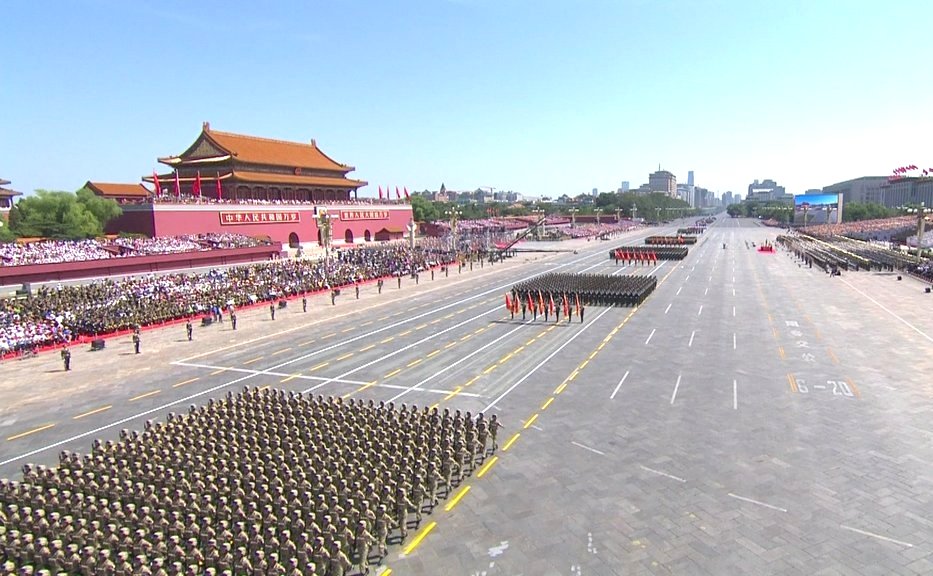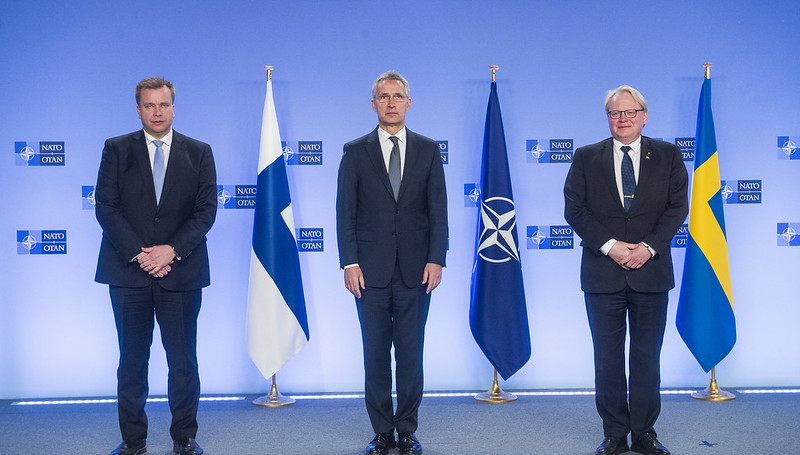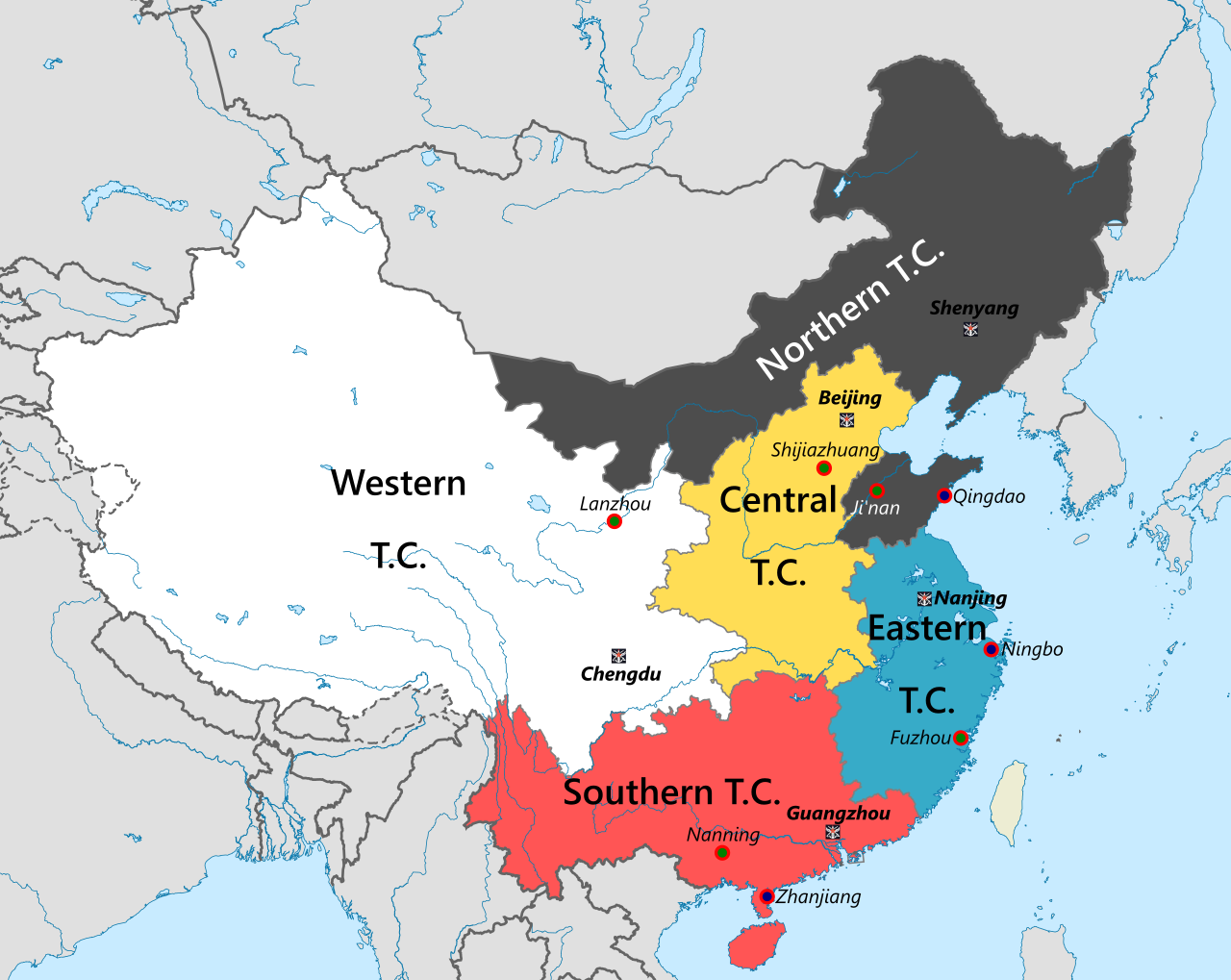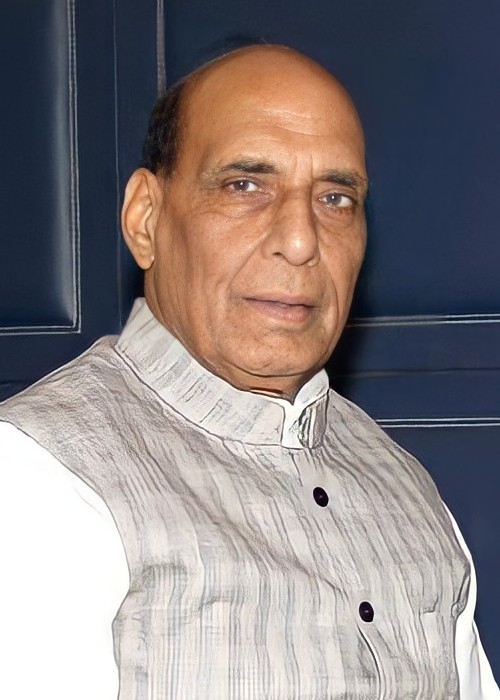
Emomali Rahmon and Vladimir Putin.
“Emomali Rahmon and Vladimir Putin discussed issues of expanding cooperation in the field of security, including through military and military-technical cooperation, as well as in the field of defense construction, especially in terms of modernizing the armed forces of Tajikistan and strengthening the protection of the Tajik-Afghan border.”
The Russian government has repeatedly stated it is committed to security in Central Asia and often points to ongoing security assistance to governments in the region and the 201st Military Base in Tajikistan and the 999th Airbase in Kyrgyzstan as proof of its commitment. The accompanying excerpted articles offer an update on Russian commitments in Central Asia amid its invasion of Ukraine. The article from the independent news website Fergana Agency reports on President Putin’s visit to Tajikistan to meet with President Emomali Rahmon at the end of June. The article mentions that the presidents discussed expanding security cooperation, modernizing Tajikistan’s armed forces, and strengthening the Tajik – Afghan border. The article does not mention how much money Russia will spend or what equipment it will provide. The article from the independent news website Kloop reports on Putin’s order to begin negotiating with the government of Kyrgyzstan over a joint air defense system. The article notes that Tajikistan reached a similar agreement for a joint air defense system with Russia last year. Tajikistan’s Ministry of Defense cited the need to counter the threat posed by terrorist groups potentially using unmanned aerial systems as one reason for the agreement. Russian spending and security assistance in Central Asia reportedly decreased following the takeover of Crimea and the Donbas in 2014 due to sanctions but rebounded after a couple of years. While it is unknown how much money and materiel Russia has so far expended in its invasion of Ukraine, the Kremlin will probably have little choice but to reduce its commitment to security in Central Asia at least temporarily.
Source:
“Путин и Рахмон обсудили модернизацию армии Таджикистана и охрану таджикско-афганской границы (Putin and Rahmon discussed the modernization of Tajikistan’s army and the security of the Tajik-Afghan border),” Fergana Agency (independent news website focusing on Central Asia), 29 June 2022.
https://fergana.agency/news/126750/
The President of Russia, Vladimir Putin, and the President of Tajikistan Emomali Rahmon, discussed the modernization of the armed forces of Tajikistan and the strengthening of the protection of its border with Afghanistan…
Putin arrived in Dushanbe on the evening of June 28 for a two-day visit. Rahmon personally met him at the airport…
“During the talks, special attention was paid to the development of the situation in Afghanistan and the situation on the Tajik-Afghan border. In this context, Emomali Rahmon and Vladimir Putin discussed issues of expanding cooperation in the field of security, including through military and military-technical cooperation, as well as in the field of defense construction, especially in terms of modernizing the armed forces of Tajikistan and strengthening the protection of the Tajik-Afghan border.” – Rahmon’s press service said in a statement…
Munduzbek Kalykov, “Кыргызстан и Россия могут создать объединенную региональную систему ПВО — Путин поручил провести переговоры (Kyrgyzstan and Russia could create a regional air defense system – Putin authorized discussions to be held),” Kloop (independent Russian-language news website in Kyrgyzstan), 8 July 2022.
https://kloop.kg/blog/2022/07/08/kyrgyzstan-i-rossiya-mogut-sozdat-obedinennuyu-regionalnuyu-sistemu-pvo-putin-poruchil-provesti-peregovory/
Russian President Vladimir Putin authorized negotiations with Kyrgyzstan on the creation of a unified regional air defense system. Putin signed this order on July 8.
“Instruct the Russian Ministry of Defense to hold negotiations with the Russian Foreign Ministry with the Kyrgyz side and, upon reaching an agreement, sign the said agreement on behalf of the Russian Federation, allowing changes that are not of a fundamental nature to be made to its draft, approved by the government of the Russian Federation,” the document says…
The same agreement on the creation of a joint regional air defense system with Russia last year was approved by the Parliament of Tajikistan.
Minister of Defense Sherali Mirzo, speaking in parliament, noted that the implementation of this agreement is in the interests of ensuring the security of the airspace of Tajikistan “given the growing regional threats and the emergence of new types of hostilities, such as the widespread use of unmanned aerial vehicles, including by terrorist and extremist groups.” …It was also reported that Russia is negotiating the creation of a joint air defense system with Kazakhstan and Armenia…
Image Information:
Image: Emomali Rahmon and Vladimir Putin
Source: https://commons.wikimedia.org/wiki/File:Vladimir_Putin_and_Emomali_Rahmon_(2017-10-10)_03.jpg
Attribution: CCA 4.0





